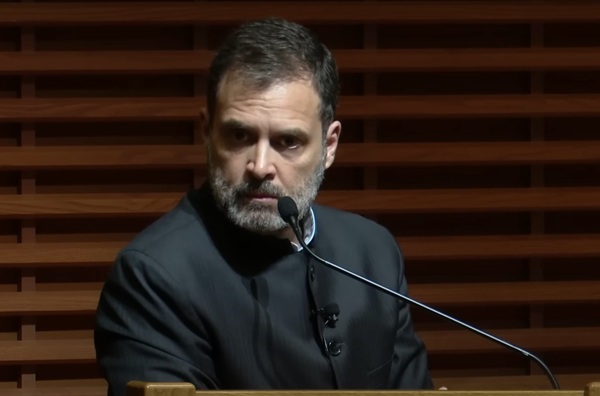.png)
November 16, 2025 at 12:35 PM IST
Bihar’s election outcome has renewed the debate on freebie-centred politics and the strain it places on already stretched state finances. The emphatic victory for the ruling coalition was built on a sharp rise in female voter turnout, which the Emkay Global note attributes in part to a ₹10,000 grant for women entrepreneurs.
This scheme, positioned as seed support rather than a direct cash transfer, was one among several measures unveiled ahead of the polls. When taken together, these schemes add up to an estimated ₹400 billion in 2025-26, which is nearly 4% of Bihar’s state GDP and exceeds the planned capital outlay for the year.
This marks a steeper turn in a trend that has been gathering pace across states. Emkay’s analysis shows that even states traditionally viewed as fiscally disciplined, such as Maharashtra and Odisha, have loosened their purse strings after embracing similar programmes.
Maharashtra’s fiscal deficit widened by 40 basis points following the introduction of the Ladki Bahin scheme, while Odisha’s deficit rose by 100 basis points. Both states now operate close to or above the 3% fiscal deficit threshold.
Bihar, however, begins from a much weaker base. Its provisional fiscal deficit for 2024-25 already stands at 6% of GSDP. The state has budgeted a return to 3% in 2025-26, but this rests on an optimistic assumption of 22% nominal GDP growth.
Interim data for the first five months of the year show the deficit running 27% above the full-year target, suggesting that the fiscal consolidation path will be difficult to sustain. Bihar also relies heavily on central transfers, which formed more than 70% of its total revenue in 2024-25, leaving little flexibility to absorb the rising cost of subsidies and income-support schemes.
Tabulations by Emkay’s economists Madhavi Arora and Harshal Patel show that the fiscal impact of elections has been persistent across the current political cycle. States such as Karnataka, Madhya Pradesh, Rajasthan, Odisha and Chhattisgarh have all seen their fiscal deficit ratios reset meaningfully higher in the year following elections compared with the year before. Revenue expenditure ratios have risen in tandem, while capital spending has not kept pace.
With Tamil Nadu, Kerala and West Bengal heading into election years, the analysts expect the competition for voter-friendly schemes to intensify.
The broader conclusion is that the notional ceiling of 3% for state fiscal deficits has become the floor, with most states likely to operate above it for the foreseeable future. This trend may complicate broader fiscal consolidation efforts even as the Union government maintains tighter limits under the medium-term fiscal strategy.
For Bihar, the immediate challenge is the scale of pre-poll promises relative to its revenue base. The state’s narrow capacity to raise its own taxes, combined with structurally high dependence on federal transfers, implies that the cost of these programmes could either crowd out development spending or require additional borrowing.
The Emkay note signals that without a recalibration of welfare commitments or a sustained positive surprise in economic growth, Bihar’s fiscal glide path may remain under pressure through 2025-26 and beyond.



